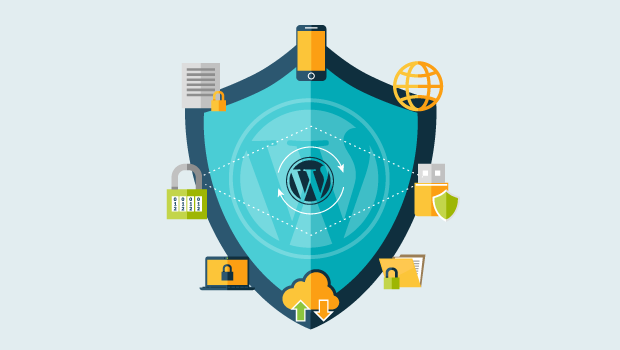Securing a WordPress website is crucial to protect your business from potential cyber threats and ensure the safety of your data and your customers’ information. Here are some effective WordPress security tips to help you secure your business website:
- Keep WordPress Up to Date: Always update your WordPress installation, themes, and plugins to the latest versions. Developers frequently release updates to address security vulnerabilities and patch any known issues.
- Use Strong Login Credentials: Choose strong and unique usernames and passwords for your WordPress admin account. Avoid using common usernames like “admin” and use a combination of uppercase and lowercase letters, numbers, and special characters in your passwords.
- Limit Login Attempts: Implement a limit on the number of login attempts to prevent brute force attacks. You can use plugins like Limit Login Attempts Reloaded to restrict the number of failed login attempts from a specific IP address.
- Two-Factor Authentication (2FA): Enable two-factor authentication for your WordPress admin account. This adds an extra layer of security by requiring a second verification step, such as a temporary code sent to your mobile device, in addition to your username and password.
- Use a Secure Hosting Provider: Choose a reputable hosting provider that emphasizes security and implements measures like regular backups, server-level firewalls, and malware scanning. Managed WordPress hosting services often provide additional security features.
- Install Security Plugins: Utilize security plugins to enhance your website’s security. Plugins like Wordfence Security, Sucuri Security, and iThemes Security offer features such as malware scanning, firewall protection, and login security.
- Enable SSL Encryption: Install an SSL certificate on your website to enable HTTPS encryption. This secures the data transmitted between your website and visitors, protecting sensitive information like login credentials and payment details
- Regular Backups: Perform regular backups of your WordPress website. In the event of a security breach or data loss, you can restore your website to a previous working state. Many backup plugins are available to automate this process.
- Remove Unused Themes and Plugins: Delete any inactive or unused themes and plugins from your WordPress installation. These can pose security risks if they are not updated regularly.
- Secure File Permissions: Set appropriate file permissions for your WordPress files and folders. Directories should generally have permissions set to 755, and files should be set to 644. Incorrect permissions can leave your website vulnerable to unauthorized access.
- Disable File Editing: Prevent unauthorized access to your website’s files by disabling file editing through the WordPress admin dashboard. Add the following line to your wp-config.php file:
define('DISALLOW_FILE_EDIT', true);.
- Monitor Website Activity: Regularly monitor your website for any suspicious activity. You can use security plugins to receive alerts for failed login attempts, file changes, or unusual behavior.
- Educate Users: Train your website administrators and contributors on best security practices. Encourage them to use strong passwords, avoid suspicious links, and be cautious when installing themes or plugins.
By implementing these WordPress security tips, you can significantly enhance the security of your business website and reduce the risk of cyber threats. Regularly reviewing and updating your security measures is essential to stay ahead of emerging threats.


